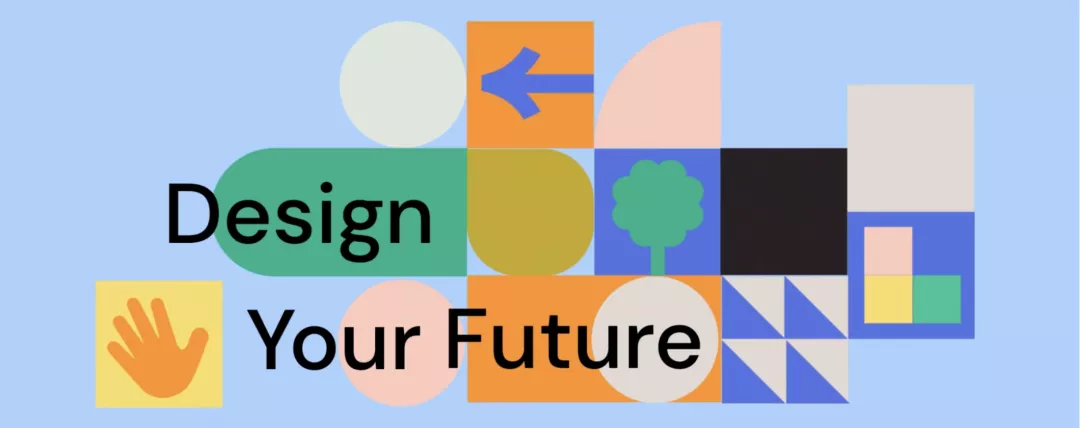Innovative and digital community-led development in Ireland
- CAP Implementation
- Digitalisation
- LEADER
- Long-term Vision for Rural Areas
- Rural Development
- Smart Villages
Local cooperation between LAGs and their local communities is a fundamental form of LEADER cooperation. Digital opportunities can help LAGs cooperate better with their local stakeholders, such as in Ireland's Innovating Communities project.
The Common Agricultural Policy (CAP) can support a considerable amount of cooperation through the LEADER funding in CAP Strategic Plans (CSPs). Cooperation is valuable at different LEADER levels, including cooperation between LAGs from different territories and stakeholders with different knowledge. Local cooperation between LAGs and their local communities is a fundamental form of LEADER cooperation and innovation can help LAGs cooperate better with their local stakeholders.
Matching LAG Local Development Strategies closely to target LEADER in areas of highest added value has been emphasised recently as important for all the new 2023-2027 LAGs. LEADER is a bottom-up methodology which depends on local inputs to drive its success in building the capacity, commitment and confidence of rural communities, to help them to help themselves in achieving their own sustainable development goals.
This newsletter aims to highlight useful transferable practices in these LAG fields and an inspiring local cooperation example taking advantage of smart digital opportunities can be found in Ireland’s Innovating Communities project. It shows that local co-operation is conducive to local innovation, a message that all LAGs and LEADER stakeholders can appreciate. New opportunities arise from combining the ideas, experiences and perspectives of different people in the Irish LAG project.
Innovating Communities serves the border regions with the UK which have suffered because of Brexit. The LEADER project is implemented through a public online platform that allows residents to propose and prioritise local development projects. Community members can log in to the Innovating Communities platform and publish an idea for a project. Other community members can then add their support to the idea through a voting-type system. Project ideas that receive enough community support are then taken forward for further action. This model can also be transferred and adapted across rural Europe, such as for use by Smart Villages initiatives.

Results-rich LEADER
Promoted as “a free training and mentoring project designed to empower local people to work together and address challenges facing their areas”, the Innovation Communities website continues to be updated regularly with a rich mix of project proposals. It can create possibilities for community members to work together to create results by applying ‘design-thinking’ as a way to cooperatively and collectively tackle challenges.
These smart community animation sessions can last up to 20 weeks, during which design thinking is put into practice to help position “people at the heart of solving challenges”. Here, community residents interested in specific challenges can benefit from design thinking training (20 hours) to help them develop and test solutions to their specific challenges. The methodology “can be applied to any challenge, from helping young people access better job opportunities, to developing a community wind farm. No matter how big or small your challenge or community, our training will help you use design thinking to your benefit”.
Capacity building is structured in short and longer term options. So-called ‘Sprint Challenges’ and ‘Marathon Challenges’ both result in community skills that strengthen social capital in the rural communities that are fortunate to benefit from this popular LAG outreach project. Bottom-up principles are clearly demonstrated and added value is evidenced by the lack of overlaps with similar services.
Outcomes emerging to date from Innovating Communities are diverse. Examples include community members working together to determine the local cooperation needs for enabling a ‘recreation corridor’ from Donegal's heartland to the Atlantic Ocean coast. This community-led proposal aims to help provide a boost for tourism, the environment, and stimulate small businesses and communities along the way. LAG support through surveys and open meetings helped local residents to cooperate with each other and with the territory’s governance systems. Two new tourist walks are now in place and more developments are possible from the local cooperation’s effectiveness that has been proven by LEADER funding.
Another success story on the Innovating Communities website’s project showcase shows how community involvement with climate action, biodiversity and sustainability can be strengthened. Awareness about wise water use, food waste and recycling has been raised and actioned here. Food waste was also a feature of more LEADER support through Innovative Communities for home economics students. Capacity of future generations of rural residents was built up by this LAG cooperation with local education services.
Ireland’s innovative approach to LAG cooperation with local community residents underlines that the possibilities from smart local partnerships can yield fruitful results. Investing in community cooperation is conducive to community innovation. For these reasons, LEADER can continue to be at the vanguard of the process of making rural Europe smarter using innovation and community-led cooperation.